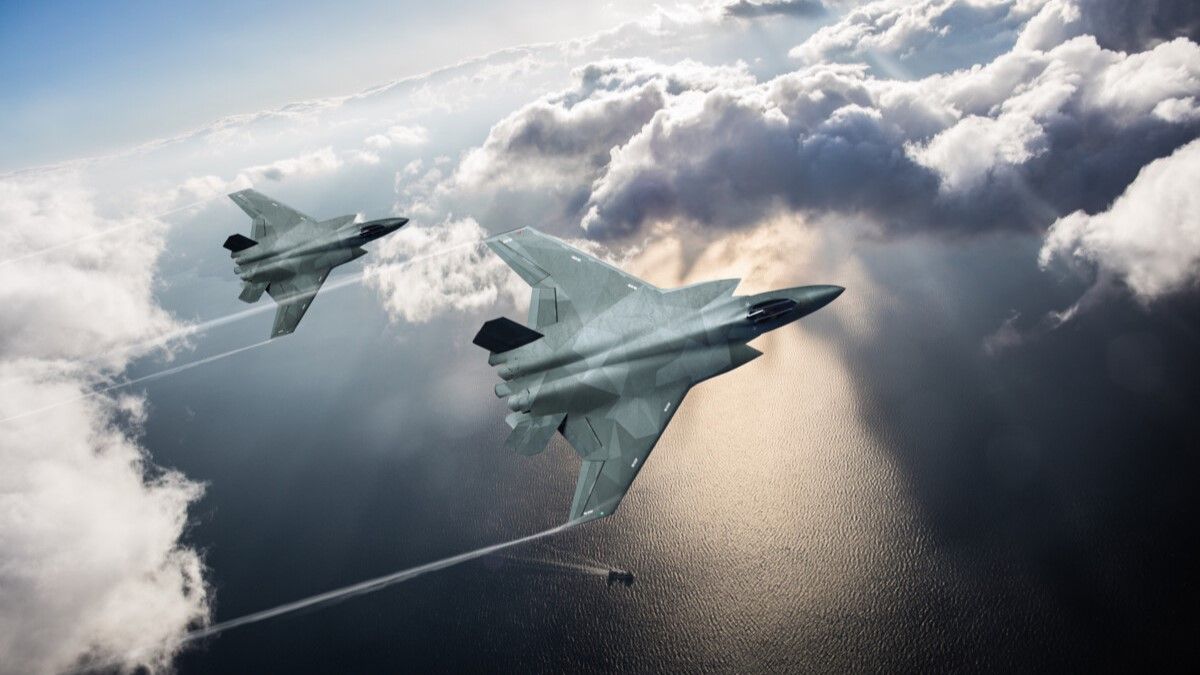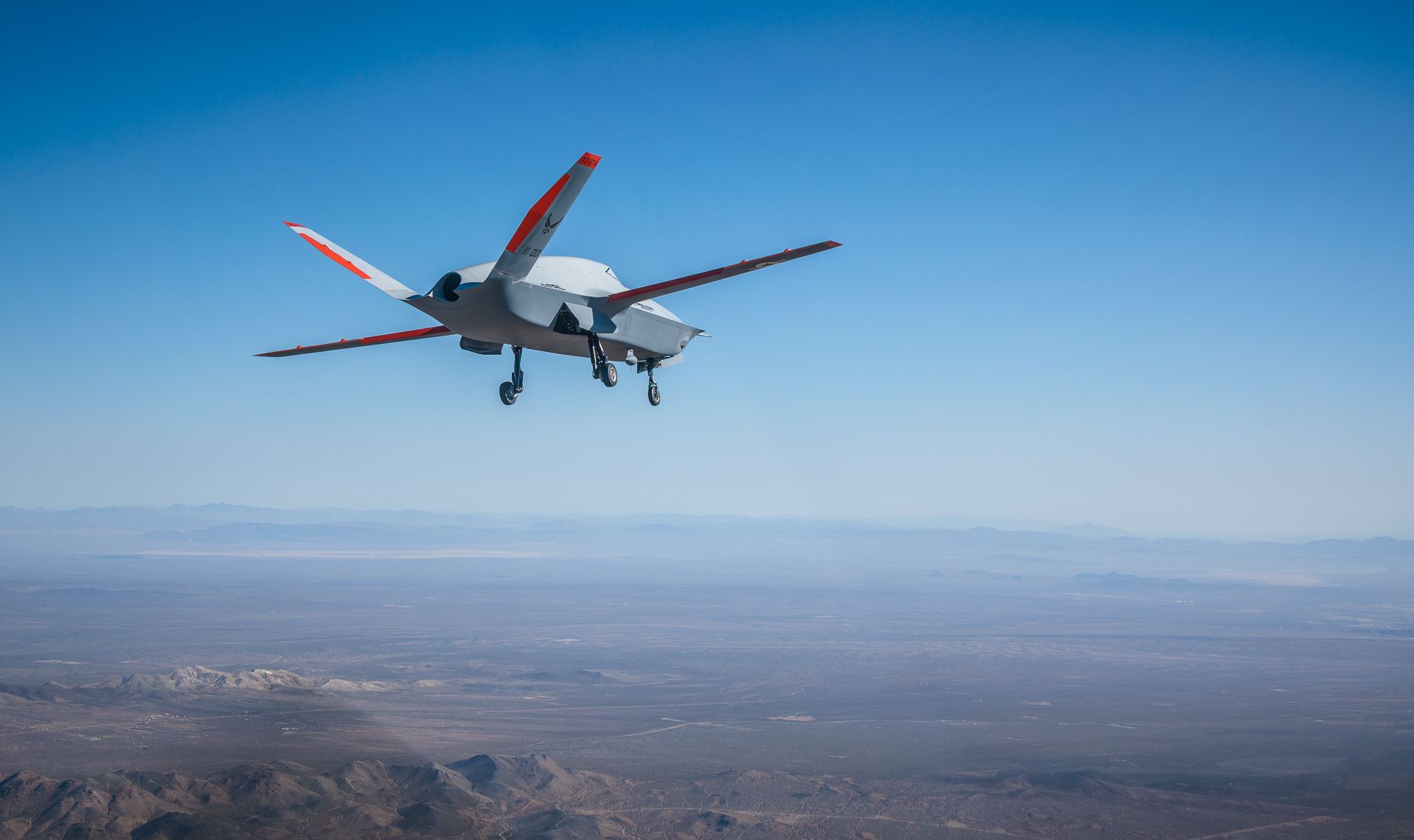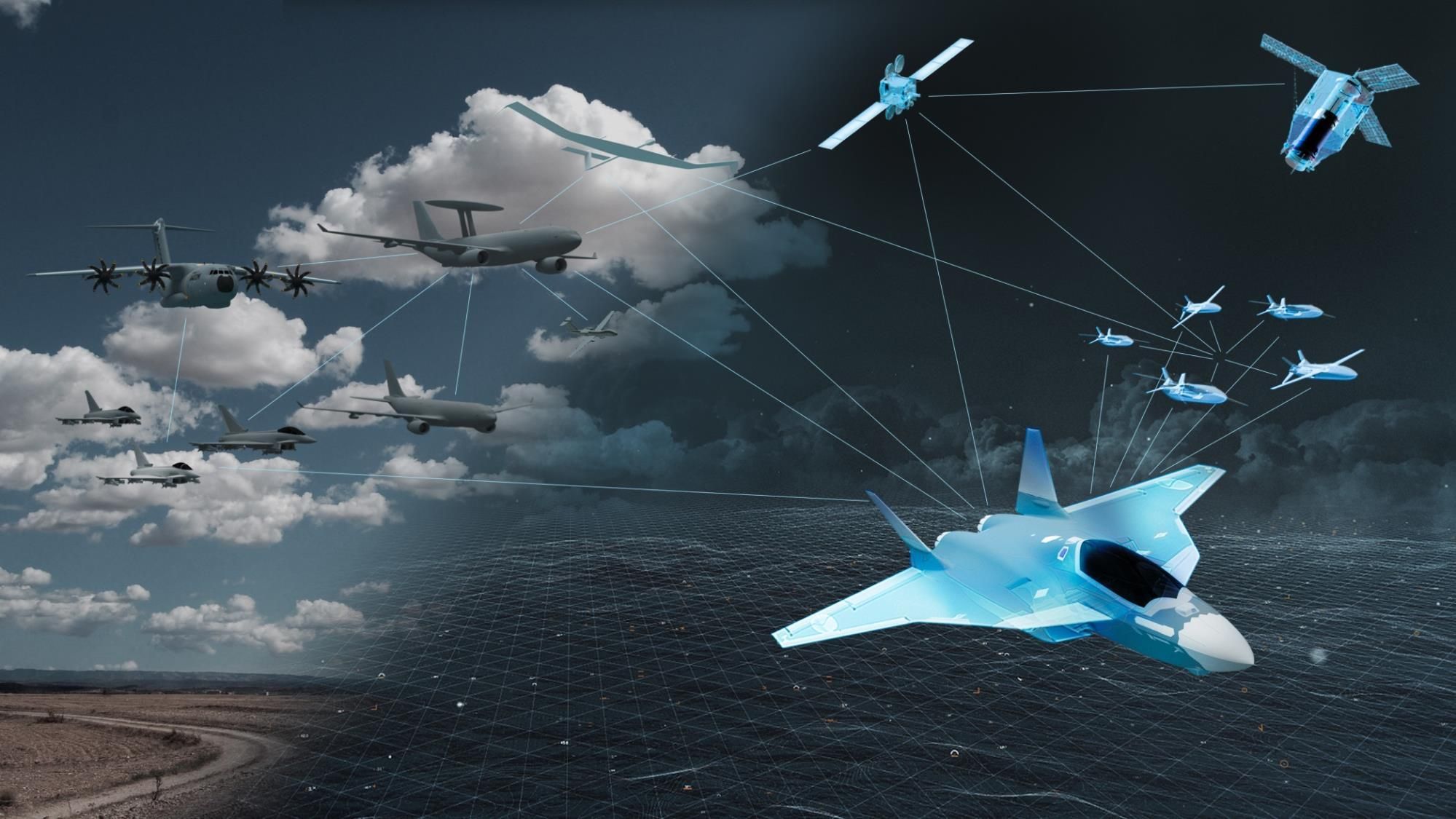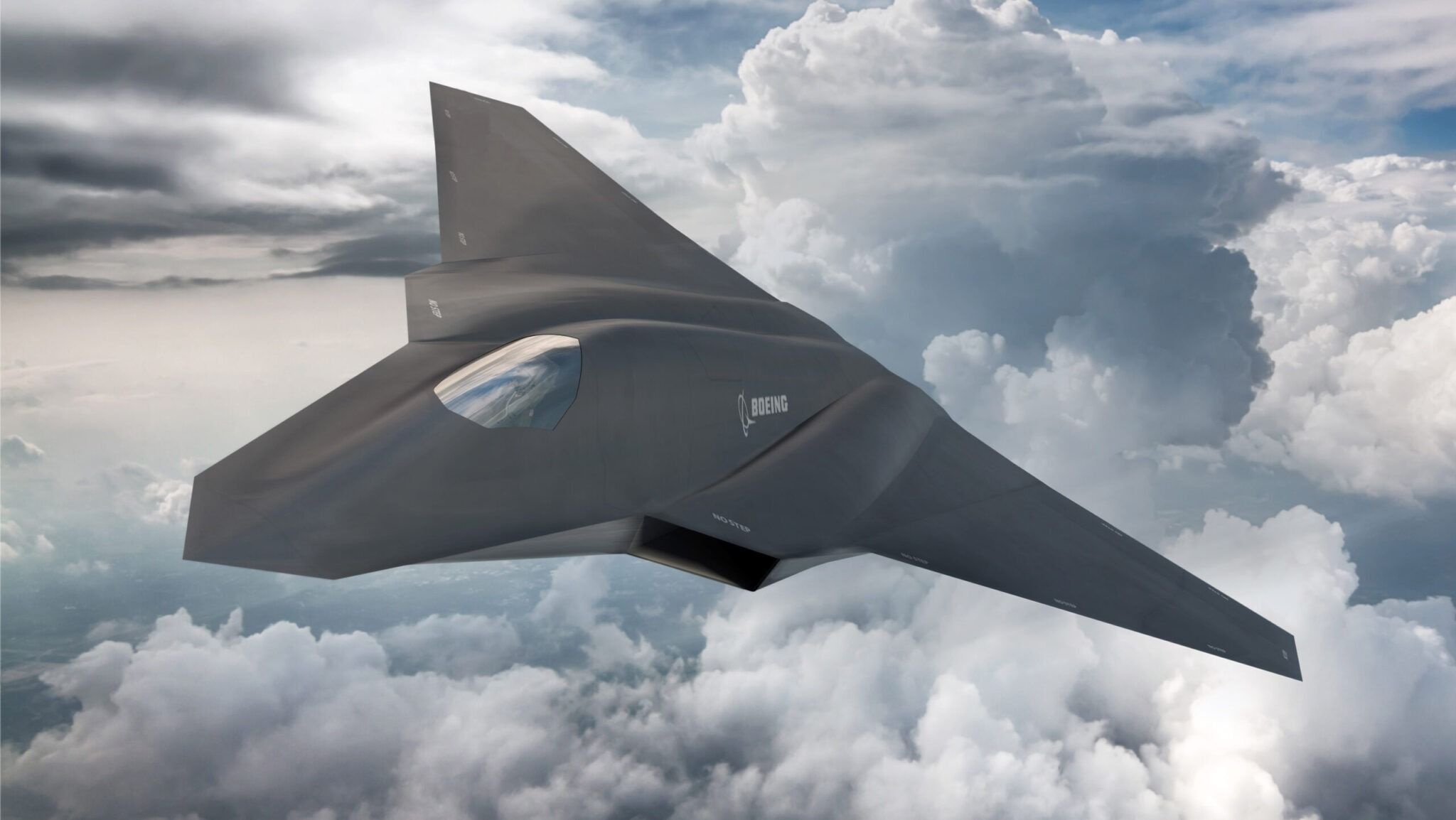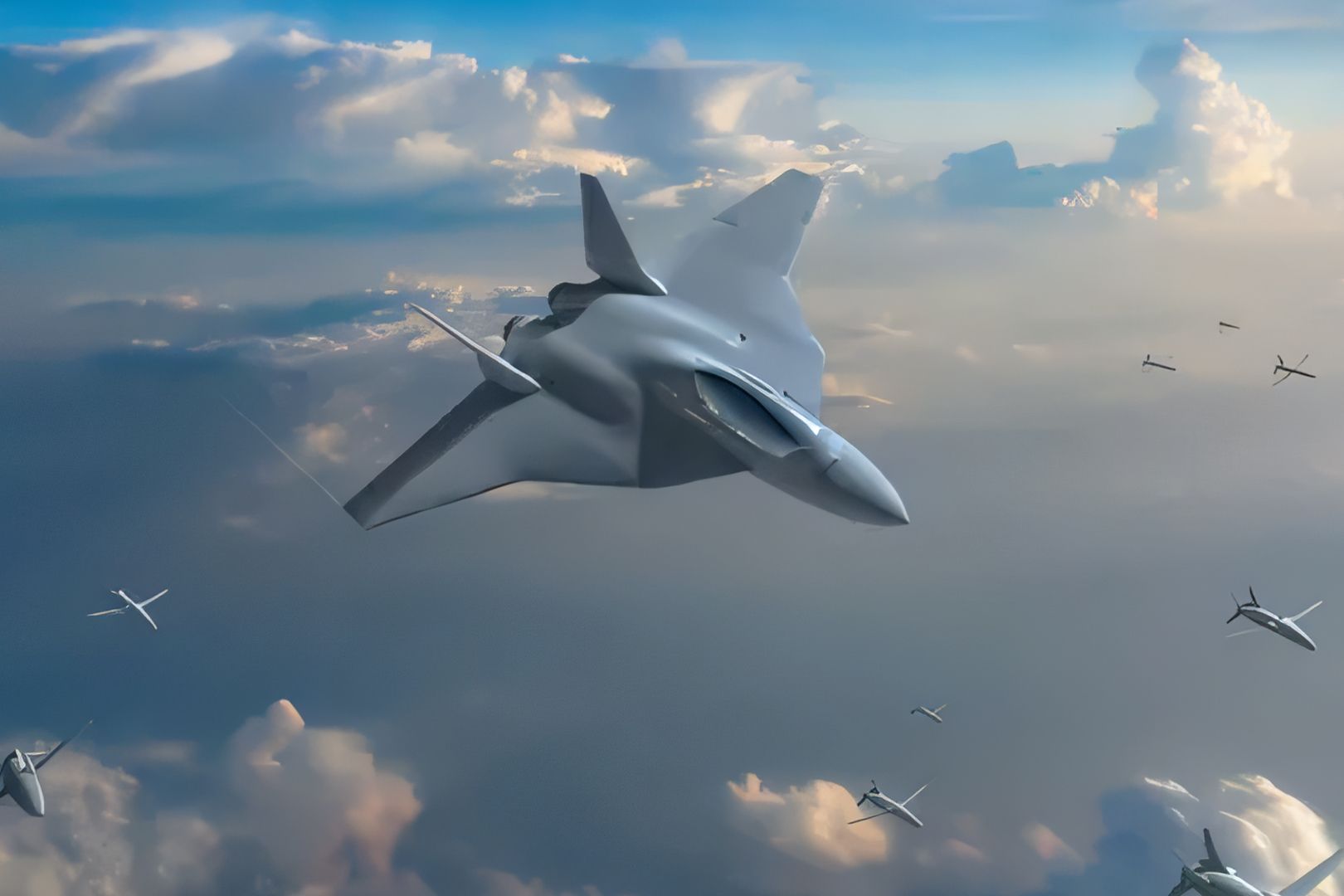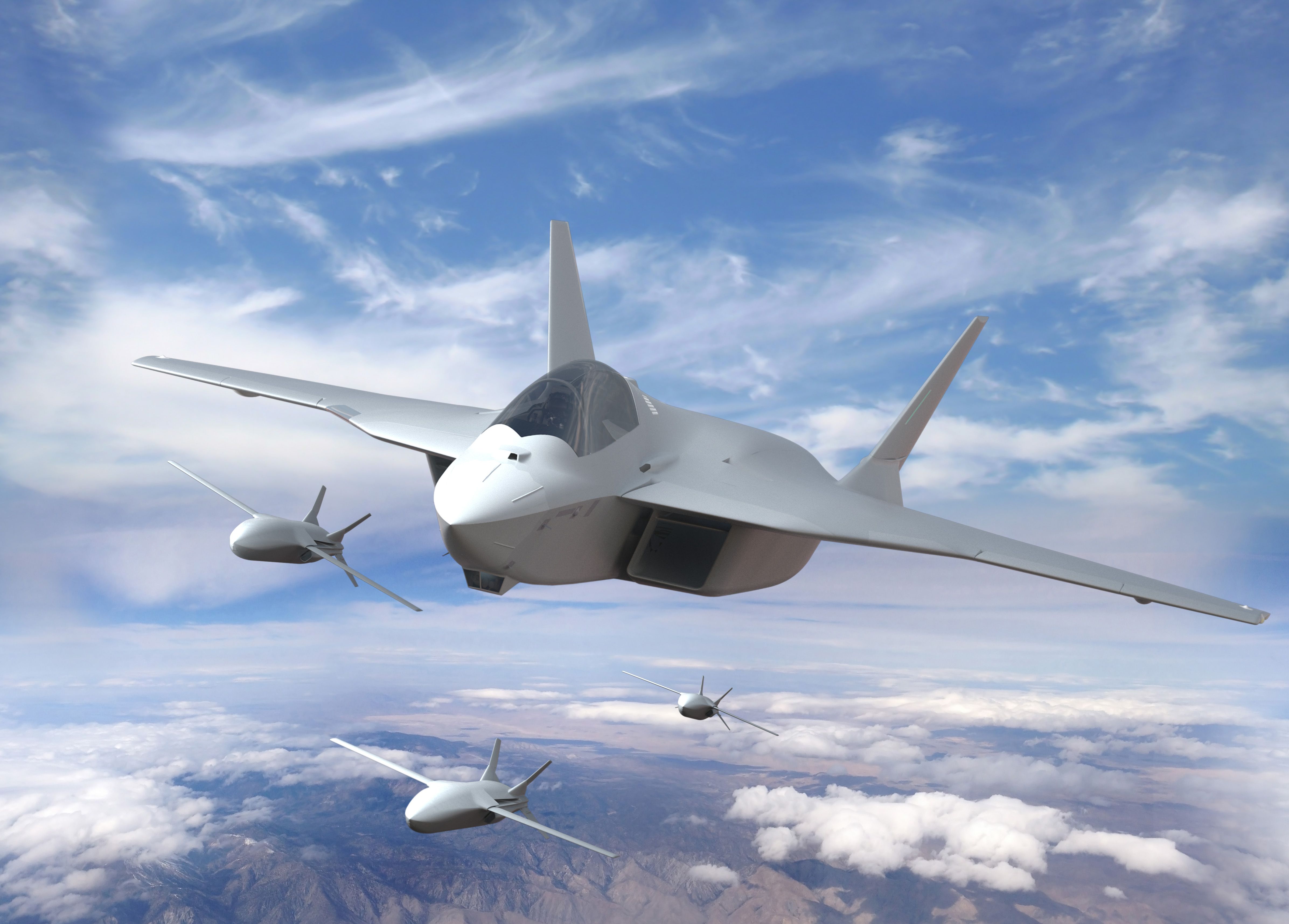Summary
- Several sixth-generation fighter programs are under development, with NGAD, F/A-XX, and Tempest leading the pack.
- The future of these manned fighters is uncertain, but progress on loyal wingman drones is still moving forward.
- The NGAD is the most advanced program, with potential for service in 2030, while F/A-XX and Tempest are expected around 2035.
While around half a dozen sixth-generation fighter jets are under development, the question of whether any of them will actually be built and come into service is arguably an open question. The news seems to be full of seemingly contradictory headlines.
On the one hand, some programs-especially the US Air Force’s NGAD and the British-led Tempest fighter jets-seem to be developing well. On the other hand, the programs seem to be on the ropes.
The question of next-generation manned fighters
This article is only about the manned portion of the sixth-generation fighter programs (planned to be a system of systems). These sixth-generation programs include other systems like advanced wingman drones (also called Collaborative Combat Aircraft).
Photo: Air Force Material Command
Even if some manned fighters are canceled, other aspects of the program—such as loyal wingman drones—are still likely to be developed. The Air Force has already selected General Atomics’ XQ-67A and Anduril’s Fury to proceed to the next stage of development.
In Europe, Airbus is working on developing wingman drones to complement Germany’s current fleet of 4th-generation fighters.
Example Loyal Wingman drones in development:
- General Atomics XQ-67A
- Boeing Ghost Bat
- Andruil Fury
- Airbus Wingman
The world’s best-known sixth-generation fighter jet programs include the US Air Force’s NGAD, the US Navy’s F/A-XX, the British-led Tempest (GCAP), the Franco-German FCAS, the Russian MiG-41, and the secretive Chinese program (for which little is known).
Photo: Airbus
Of these, the NGAD is typically considered to be the most advanced in its development cycle and is currently forecasted to come into service in 2030.
Following that are the Navy’s F/A-XX and the UK-led Tempest – both expected around 2035. The Franco-German-Spanish Future Combat Air System (FCAS) is expected in 2040-2045 (although there have been rumors of Germany wanting to leave the project amid disagreements with France).
There is little evidence that Russia has made much progress on the MiG-41 (it seems more like a propaganda flight of fancy at this stage). Regarding China, Defense News reported in June 2024 that China is planning to field a sixth-generation fighter by 2035, but little is currently known.
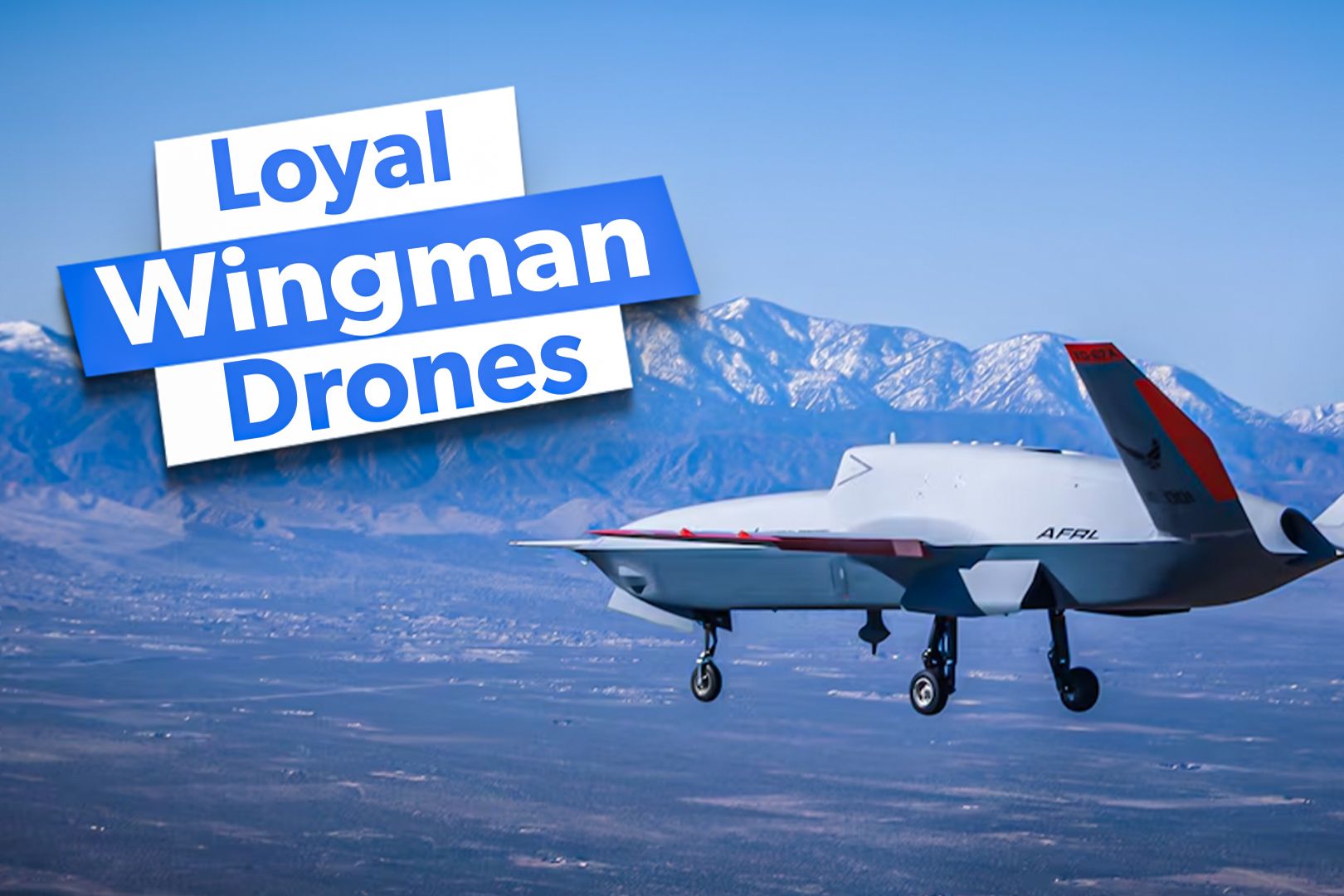
Related
5 Advanced Loyal Wingman Drones In Development
Loyal Wingman drones are being developed as force multiplies for current and next-generation fighter jets around the world.
Air Force’s NGAD fighter
Breaking Defense reported in July 2024 that Gen. Ken Wilsbach (the commander of Air Combat Command) stated he thought the down selection for the winning NGAD fighter would happen this year.
This is believed to be a competition between Boeing and Lockheed Martin. However, in July, Gen. Ken Wilsbach also stated that the NGAD fighter would be no replacement for the F-22 Raptor air dominance fighter (NGAD had been assumed to be just that).
Graphic: Boeing
|
Manned NGAD fighter |
|
|---|---|
|
Estimated quantity: |
Approx. 200 |
|
Introduction date: |
2030 |
|
Main customer: |
US Air Force |
|
Cost per unit: |
‘multiple hundreds of millions’ |
|
Contractors: |
Boeing & Lockheed Martin (believed to be bidding) |
|
Loyal wingman: |
General Atomics’ XQ-67A / Andril’s Fury |
The mixed messages coming out about the Air Force’s NGAD fighter have led some analysts (such as The War Zone) to state that the program’s future is “very murky.”
Navy’s F/A-XX
In a worrying sign for the Navy’s F/A-XX, the Navy slashed its development budget request for Fiscal Year 2025 from $1.53 billion to just $454 million. However, a draft Senate National Defense Authorization Act (NDAA) scythed off another 90% of that funding, leaving just $54 million.
|
Manned F/A-XX fighter |
|
|---|---|
|
Estimated quantity: |
Unknown |
|
Introduction date: |
2035 |
|
Main customer: |
US Navy |
The draft NDAA is just a draft, and so the final authorized spending is uncertain at this time (plus, it’s possible that development funds could be channeled from elsewhere). Additionally, as it stands, the Navy is forecasting spending around a billion in development on the jet between 2026 and 2029.
Photo: Airbus
It’s too early to talk about the demise of the Navy’s F/A-XX, but the fact that the Senate would seemingly remove virtually all funding does raise some questions. Since then, Aviation Week has reported to the undersecretary for acquisitions that the NGAD and F/A-XX development will continue.
Time will tell if history will repeat itself. In 1990, the Navy was developing the advanced A-12 Avenger II ‘Flying Doritto.’ Leading analysts and prominent vice admirals at the time were heralding the aircraft as a promising success even as the Pentagon was pulling the plug on the program.
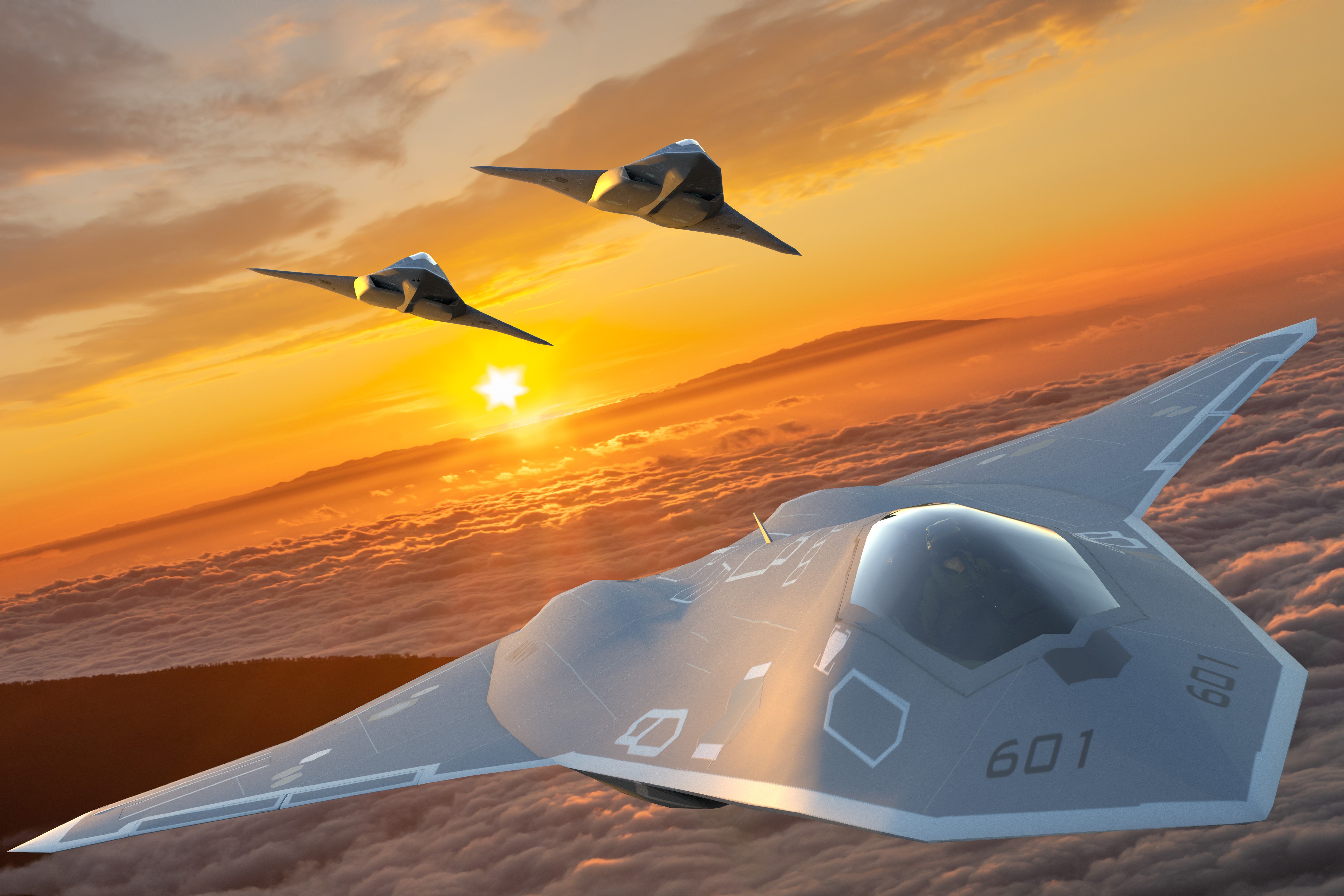
Related
US Air Force To Pick 6th-Gen Fighter Jet Developer This Year
The US Air Force is working to get to a point to moving the human-controlled component of NGAD to picking a prime contractor.
British-led Tempest
The British, Japanese, and Italians are jointly developing the Global Combat Air Programme fighter (GCAP) (which the British call Tempest). Sweden is also involved in the project, and Saudi Arabia is reportedly interested in it. A new mock-up of the future fighter has just been unveiled at the Farnborough International Airshow.
|
Manned GCAP / Tempest |
|
|---|---|
|
Estimated quantity: |
unknown |
|
Introduction date: |
2035 |
|
Main customers: |
United Kingdom, Japan, Italy |
|
Contractors: |
BAE Systems, Rolls-Royce, Mitsubishi Heavy Industries, Leonardo |
However, comments made by the new Labour government in Britain immediately triggered speculation that the British would pull the plug on the project. This fear has been assuaged somewhat by remarks by the Italian contractor Leonardo, who said that the project is too important for the British (and Italians and Japanese) to cancel.
Photo: Airbus
The CEO of the Italian defense company, Roberto Cingolani, also stated that the new British government had reaffirmed its commitment to the project. However, Cingolani stated that the Tempest would likely be more expensive than planned and would take longer to develop. Delays and over budget have long-proven recipes for cancelation in the past.

